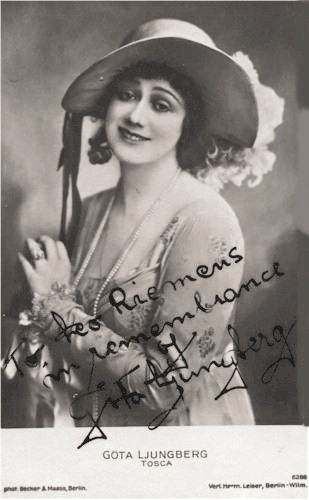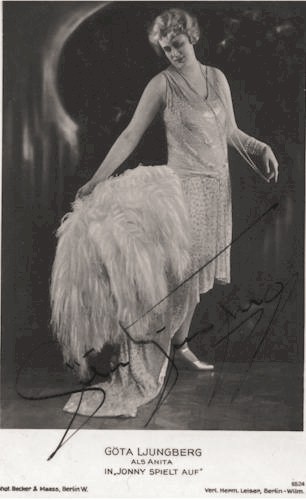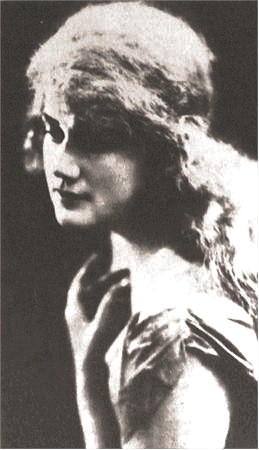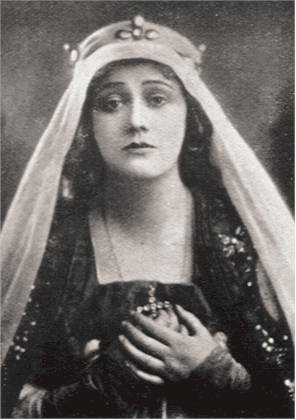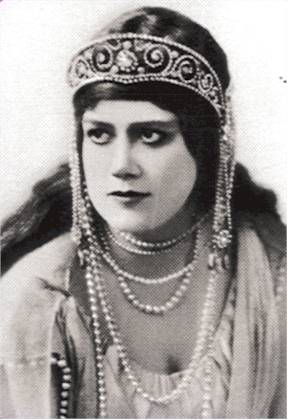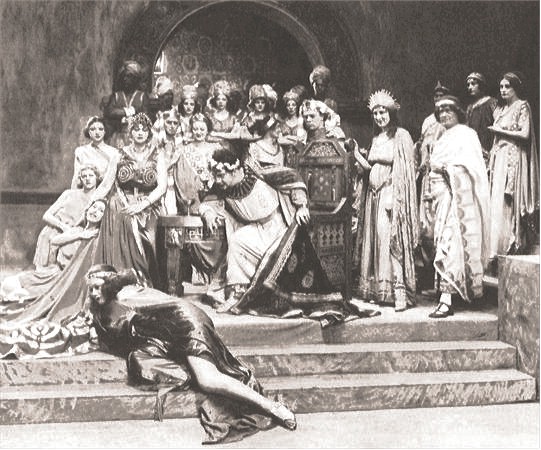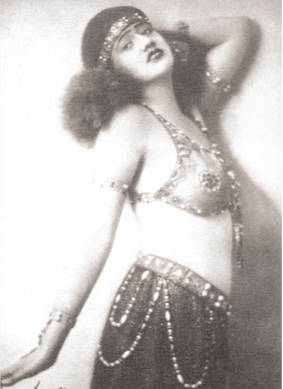Swedish soprano, 1893 - 1955
(courtesy of Charles B. Mintzer) Biographical notes:
She was born in Sundsvall and studied with the renowned Swedish vocal coach and physician
Gillis Bratt. She took further lessons in Milan and Berlin with a number of teachers, among them
with Mme Charles Cahier. Göta Ljungberg made her debut as Gutrune in Wagner’s Götterdämmerung with the Stockholm Opera in 1917 where she was engaged until her early
retirement in 1937 (in the later years she frequently appeared opposite the young Jussi Björling).
Subsequentely, she joined the Berlin State Opera where she not only excelled in Wagnerian repertory but also in roles such as Tosca, Santuzza and Elektra. She even appeared in operettas
and musicals (e.g. in Benatzky’s Die drei Muskettiere). Ljungberg made her sensational Covent Garden debut in 1924 as Sieglinde (opposite Gertrude Kappel,
Jacques Urlus and Friedrich Schorr , conducted by Bruno Walter). Later she appeared there as Salome (her greatest
success), Kundry, Tosca, Elisabeth and in the title role in Goossens’ Judith (which she created in 1929 but was not suited for, the opera was given only twice). She was under contract to the Met
from 1932 to 1935 where she sang the Wagner roles as well as her thrilling Salome. She also created the role of Lady Marigold Sandys in Hanson’s Merry Mount opposite the eminent baritone Lawrence Tibbett, Gladys Swarthout and Edward Johnson, conducted by Tullio Serafin. Her
most admired Met roles, however, became Isolde and Brünnhilde, but soon afterwards her voice showed signs of decline. Due to severe voice problems she retired in 1937. She settled in America
where she taught at the New York College of Music.
(courtesy of Charles B. Mintzer)
As Elsa
As Elisabeth
Tosca?
Exciting interpreter of Salome - a voice of silvery sound and a physical beauty
As Salome at Covent Garden, 1924
Comment:
Sweden has produced a proud list of impressive dramatic sopranos:
Olive Fremstad, Nanny LarsénTodsen, Ellen Gulbranson and Birgit Nilsson, to name but a few. Unfortunately, one of
them, Göta Ljungberg, had a rather short-lived recording career. It is quite remarkable that this superb soprano, who was equally impressive as an actress, achieved such limited attention.
As with most of the Nordic singers the sound of Ljungberg’s voice is not “italianate,” that means you will look in vain for Mediterranean sunshine. Hers is a clear and pure voice, impressing by a
forward projection and incisiveness of tone (John Williams spoke of a focused, laser-like tone). This kind of voice is ideally suited not only to the demands of the Wagnerian repertory but also
to Strauss’ Salome. It is not surprising that this part was Ljungberg’s greatest achievement in her career. Her voice may have lacked a certain warmth but she was a strong personality and sang
the part magnificently with an above-average enunciation. As Salome she was only equalled by Ljuba Welitsch,
Mme Charles Cahier as Ortrud One of Ljungberg’s teachers was the American contralto Mme Charles Cahier (1870 - 1951) whose real name was Sarah Jane Walker. Her teachers included Jean de Reszke, Gustav Walter and Amalie Joachim. In 1906 she was engaged by Gustav Mahler at the Vienna Hofoper where she became a favorite opera singer for six seasons. During the seasons 1912 and 1913 she also appeared at the Met. Her most famous role was Carmen. Her concert work, however, was more significant. It was Bruno Walter who chose her in 1911 for the posthumous premiere of Mahler’s Das Lied von der Erde. My warmest thanks to Charles B. Mintzer
|
|||||||||||||||||||||||||||||||||||
